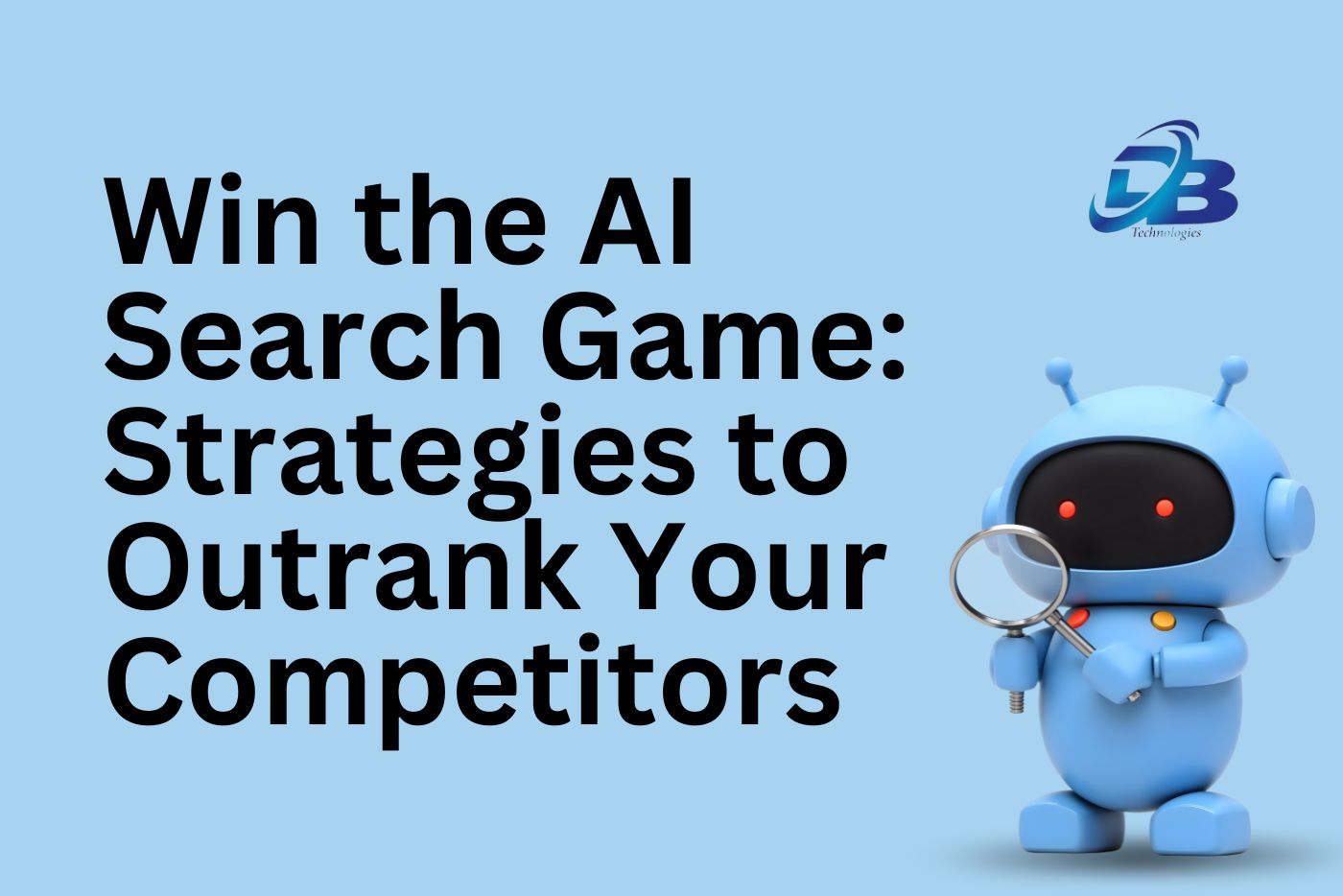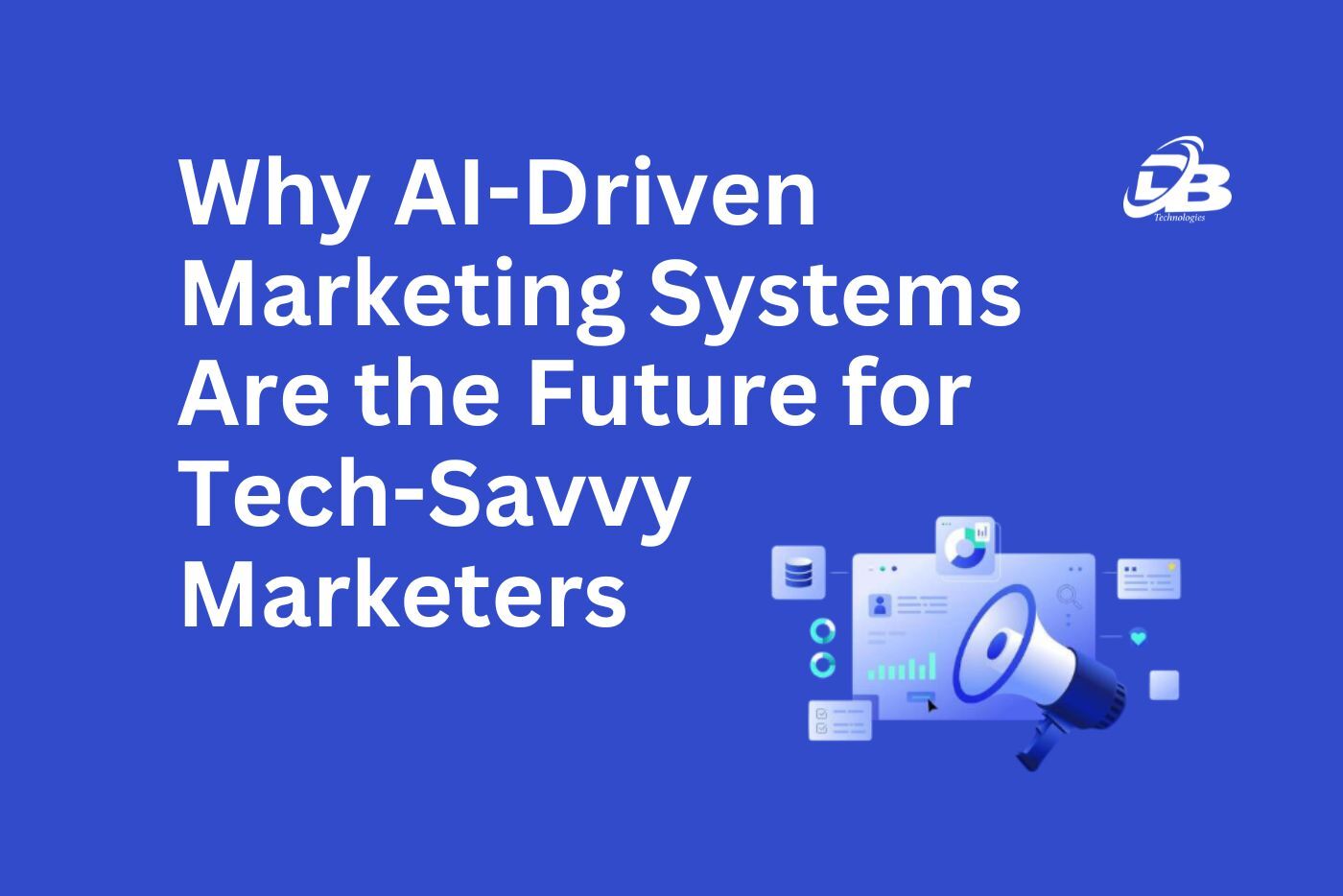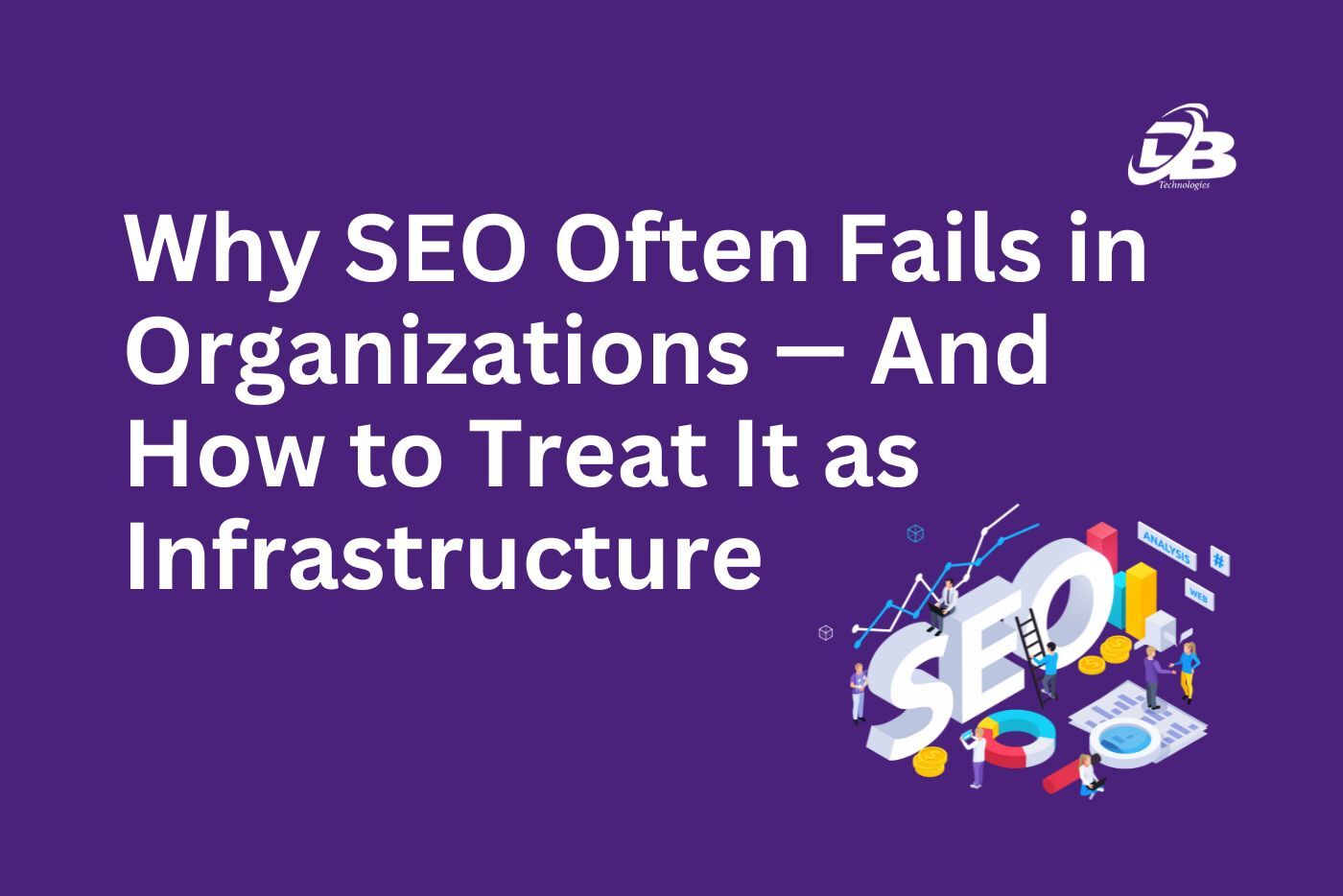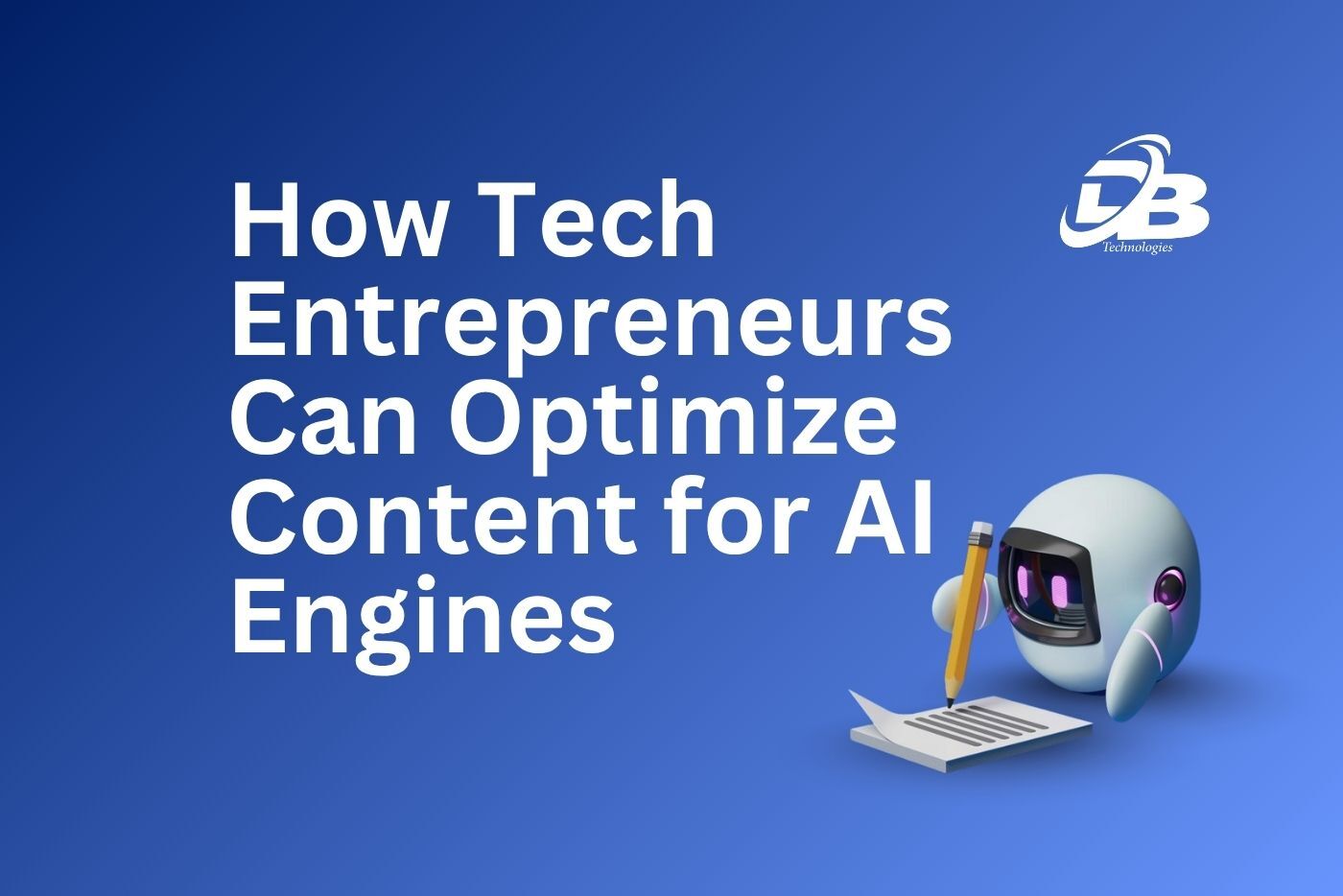
Search isn’t what it used to be. Instead of a list of blue links, today’s engines build answers using machine learning and generative models. Google’s AI‑powered “AI Overviews” compile information from multiple sources and display it at the top of the results, often pushing traditional organic links far down the page.
According to research, 47 % of Google queries already trigger an AI Overview and 87.6 % of those overviews rank first. On top of that, 60 % of searches end without a click because the answer appears directly on the page.
At the same time, younger generations are changing where they look for answers. Nearly half of millennials and 64 % of Gen Z use TikTok as a search engine and 71.5 % of people use chat‑based AI services for web research.
The once useful , traditional keyword matching methods are now outdated, AI visibility strategies are call of the day
This well researched blog is designed to help small businesses and marketers to not only survive but thrive in this new landscape.
Why You Need AI Visibility Strategies
Search is Still the Gateway
In spite of the development of chatbots and social platforms, search is the beginning of the majority of online journeys. Approximately 68 percent of online activities start with a search engine and over 90 percent of all searches worldwide occur within Google. Ranking well still matters, 73 % of clicks go to organic results but the way ranking works is changing.
AI Search Traffic Converts Better
Generative AI isn’t just a novelty; it brings users who convert. Research shows that traffic from AI search converts 4.4 times better than traditional search traffic. Nearly nine out of ten SEO professionals have already incorporated AI into their workflows and 63 % report improved visibility and organic traffic since Google’s AI Overviews launched. In other words, AI visibility strategies boost quality traffic and conversions.
Consumer Habits Are Evolving
People are frustrated by keyword based search. As per one report, 40 % of consumers struggle to find desired products using traditional searches. The chat based conversational search and voice assisted command is the new standard.
64% of Gen Z and 49% of millennials are reaching out to social media videos to learn new things. Thus, to stay relevant , the brands must upgrade their game and provide interactive content to the most sought after platforms.
AI Marketing Is Growing Rapidly
The artificial intelligence marketing sector is exploding. It is predicted that the AI marketing market would be roughly 47 billion in 2025 and 107.5 billion in 2028.
Approximately 92 percent of the organizations intend to use generative AI tools, and 88 percent of online marketers utilize AI on a daily basis. Marketers present a range of advantages: 93 percent claim that AI assists them in creating content more quickly, 81 percent utilize AI to obtain insights and 83 percent claim that it also sets them free to do strategic work.
Small companies that do not adopt AI may find themselves on the wrong end of it, whereas companies that adopt AI will be able to compete with bigger companies.
Understanding How AI Search Works
Generative AI and Large Language Models
The modern search tools rely on large language models that are trained on vast datasets. They produce responses by condensing applicable data from all over the web. Google’s AI Mode weaves together information from several sources to provide a brief summary. While regular search merely sorts pages, AI search attempts to discern user purpose and present a response straight away. This implies that your content should be concise, well‑organized and credible if you wish to be referenced.
AI Overviews vs. Maps Pack
A study found that only 1 % of queries triggered both an AI overview and a Maps Pack. Questions like “How to fix a leaky faucet” tend to trigger AI summaries, while location‑based queries like “plumber near me” produce map results. For AI overviews, structured, educational content with clear question‑and‑answer sections is critical. For local visibility, your Google Business profile, reviews and localized landing pages still matter.
Distributed Content Footprint
AI tools don’t just read your website, they pull info from all over the web. Perplexity AI alone has around 22M users and even shows local results. Reddit posts stay active for months, and TikTok clips now show up in searches too.
So, do not just rely on your site, instead share helpful stuff on other social media platforms. The more People interact with your content, the more AI systems start to trust and mention it.
Core AI Visibility Strategies
1. Create Helpful, Authoritative Content
AI models surface information that answers questions clearly and concisely. It is recommended to write content that directly addresses questions in plain language, using descriptive headings and bullet lists, and supporting statements with data and reputable sources.
For example, instead of stuffing keywords like “AI visibility strategies” over and over again, give your article structure with sections on questions’ and,explain giving Step by step instructions and citing reliable statistics.
When possible, include original research or case studies. Models prefer to reference official sources over generic blogs. Support your claims with facts.And links to trusted resources. This indicates credibility, and AI is most likely to rank such content.
2. Use Structured Data and Schema Markup
Structured data guides search engines about what your page. It aids AI tools to read your content in a better way and helps it show it in the right places, like snippets or AI answers.
By adding things like FAQ, How To, Product or Review markup you make it easier for them to read your pages and this can help you show up in rich results or AI generated answers.
If you’re a local business make sure your business name, address, phone number and hours are marked up and consistent across your site and online directories.
Start by figuring out what type of schema fits your content. For example if your page answers common questions about “AI visibility strategies” use FAQPage markup.
3. Build Topical Authority With Content Clusters
Rather than creating isolated articles, build clusters of related content around a central topic. For instance, if you want to rank for “AI visibility strategies,” publish complementary posts on AI keyword research, how to write with a conversational tone, optimizing images for AI search and tracking AI performance. Interlink these articles so readers (and bots) can navigate, increasing the likelihood that AI will reference your site as an authority.
4. Match Search Intent and Use Natural Language
AI models look at intent not keywords. So your content should mirror how people speak and ask questions.Avoid keyword stuffing , instead use synonyms and related phrases naturally.
For example when explaining how AI search is different to SEO you might say “the tech behind generative search” instead of repeating the same term.
Update your content regularly to reflect new data and keep updating the content.Outdated articles can fall out of AI answer snippets. A quick refresh every few months keeps your content fresh.
5. Optimize for Zero‑Click Answer
Because many users never click through, aim to provide value even within the summary. Include short definitions, bullet lists and concise tables that can be easily quoted by AI.
Start paragraphs with clear answers followed by explanations. For example, if you’re asked “What is AI SEO?,” respond with a direct definition followed by supporting details.This structure helps AI extract the most important information while still encouraging curious readers to click for more.
Zero‑click optimization also means writing for voice assistants. People phrase voice queries differently than typed ones, using natural language like “Alexa, how do I improve my website’s ranking?”
Reply to the queries in a friendly conversational tone.
6. Track Your AI Presence and Experiment
You can’t manage what you don’t measure. Semrush suggests tracking the share of voice your brand has in AI answers and the referral traffic coming from chat tools. Use analytics platforms to identify referring domains, monitor where your site is cited and analyze which content pieces are most frequently referenced.
Experiment with different prompts and queries in generative search engines to see how your content appears. If you notice your brand isn’t being mentioned, adjust your article structure or add additional resources. Tools like AlsoAsked or Semrush’s SGE tracking dashboards can help you measure AI visibility and refine your strategy.
7. Leverage Local and Social Channels
For companies with physical presence, local visibility is not a thing of the past. Optimize the Google BusinessProfile by completing all fields, including images and review gathering. Develop localized landing pages with unique content and include local backlinks.
Remember that AI models may draw on these pages when generating overviews, so make sure they contain clear information like addresses, hours and services.
Social sites are central to the creation of a distributed presence. TikTok and Instagram bring in younger users who use them as search engines. Short videos detailing how you fix a problem can show up at the top of AI search.
By understanding and diversifying your content according to the audience, will increase the chances that AI will trust your brand.
8. Elevate Your Visual and Multimedia Content
Search isn’t limited to text. AI models use visuals to understand context and deliver rich results. A study has found that 31 % of individuals look for video content to learn something and high‑quality images and video can communicate your brand’s value. Add associated photos, charts or diagrams to show key points. If making use of generative images, include labels to ensure transparency.
Don’t forget accessibility: include alt text describing your images in plain language, and video transcripts. This makes content available to AI and can increase your presence in image and video search.
9. Use AI Tools Thoughtfully
AI may be an effective ally to your strategy. AI for search engine optimization facilitates analyzing huge datasets, finding styles and automating tasks like keyword research and link building. It can discover long‑tail keywords and gaps in competitors’ strategies. Generate subject matter ideas, and optimize content material clarity and semantics. Tools like ChatGPT can assist brainstorm outlines or rewrite paragraphs in an extra conversational tone.
However, avoid depending totally on AI to write your articles. One file notes that only 6 % of entrepreneurs write complete articles with AI, even as most use it for ideation. AI often lacks nuance and might produce everyday or wrong statistics.
Always fact test, inject your brand’s voice and add anecdotes or case studies. The human touch builds agreement with and differentiates you from competitors.
10. Pay Attention to Technical SEO and User Experience
While AI focuses on the quality of the material, traditional technical adaptation still matters. Slow -page speed causes users to leave the site; Studies show that 40 % of people abandon websites that are slowly loaded.
Make sure your site is mobile. A majority of us use phones to do any search. So, use descriptive meta titles and details, clean URLs and an intuitive navigation structure.
Consider user experience signals when ranking the search engine material. A sharp, accessible site AI and human visitors equally help, the opportunity improves that your content will be chosen for AI summary.
Tips for Small Business Owners
Put Authenticity First
Humans crave real life stories. Especially after the dominance of AI content on the web, people asking for genuine content. Start sharing your story, including challenges and victories.
Describe how you come up with an idea about your business, experience with customers and lessons you have learned so far.. Authenticity creates trust. Don’t strive for perfection; Slight errors in grammar or conversational language make your content more genuine.
Embrace Video and Short‑Form Content
These days short videos are trending and it is the most used media format by marketers. The reason is, it is simple to consume and share and performs good on different channels like TikTok, Instagram or YouTube Shorts.
You can use video content to answer customer questions, demonstrate your product, or promotions. The short form content will give you an extra edge.
Try to Educate Your Audience
Always prioritize educating over selling. When you reply to customer questions directly, you become an authority. For example, write a tutorial on reviewing AI tools or share a cheat sheet on boosting local SEO. Not only does this teachable content please AI algorithms, but it also makes humans trust you.
Invest in Customer Reviews and Social Proof
Reviews are key for local and AI search. Request happy customers to provide genuine feedback on your Google Business listing and social media. Engage with reviews, both good and bad, to show activity. Social proof conveys credibility and can determine whether AI uses your business as a reference.
Stay Agile and Keep Learning
AI search is changing rapidly. New platforms, algorithms, and features are introduced on a frequent basis. Set aside some time each quarter to try out new tools or content types. Keep an eye on your competitors and take note of their achievements.
Common Pitfalls to Avoid
1) Overusing Keywords
Don’t cram your pages with phrases like “AI visibility strategies.” Search engines now penalize that. Use keywords naturally while focusing on answering user questions and offering real value.
2) Posting Weak or Copied Content
AI ignores short or duplicate posts. Avoid copying others or publishing thin 300-word pieces. Instead, go in-depth—even with small topics. Add examples, insights, and sources.
3) Ignoring User Experience
Unless your site is really fast or uses a cell phone to look at things, people won’t hang around. Keep it simple,fast pages, readable text, and coherent menus. When users like visiting your site, search engines take notice as well.
4) Forgetting to Update Old Posts
The world of AI evolves quickly. Go through your past content, incorporate new information, correct links, and update stale information. Freshened-up pages rank better and demonstrate to AI algorithms your website remains up to date.
Wrapping up
The growth of AI search is not a passing trend. As generative models become the new default method by which people discover content, those companies that embrace change will get noticed and trusted.
Begin by making useful, well structured content that provides clear answers. Implement schema markup, develop topical authority and align with search intent. Optimize for zero‑click responses and monitor your visibility in AI results.
AI visibility strategies sound complicated, but in reality, it’s not that hard. If you stick to the basics tips, shared here, you’ll start seeing better reach and maybe even get ahead of your competitors.
Finally , it’s not about chasing algorithms, rather it’s about helping real people. Keep experimenting, stay open to change and keep improving. This is how a brand can stay relevant and keep moving forward.












